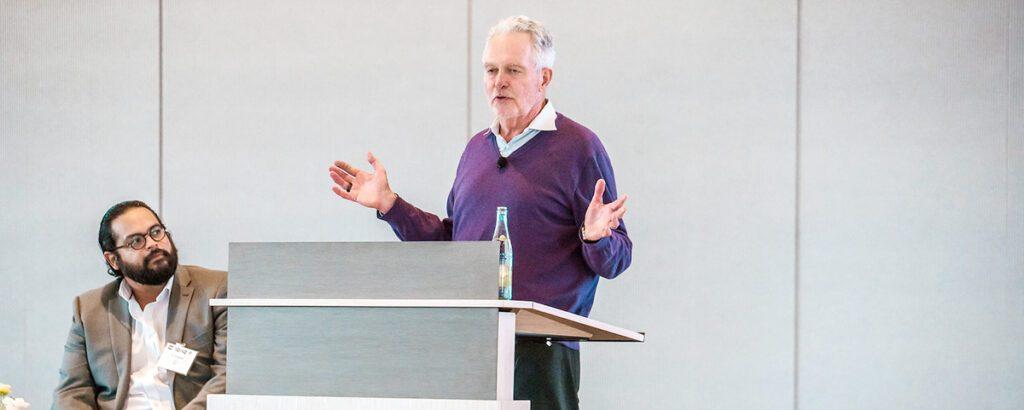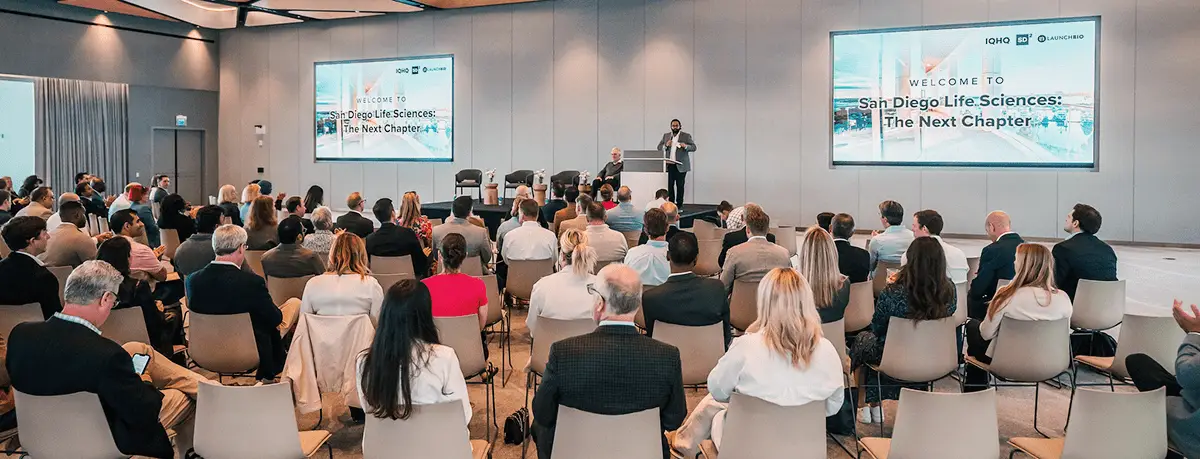
Our guest blogger is Ali Divan, PhD, founder of Trulitica – based in San Diego. Find out more about Ali on LinkedIn.

The art of the impossible.
This was the focus of Bill Rastetter’s keynote address last week to San Diego biotech leaders. Bill told the story of how IDEC grew during the buzz of monoclonal antibodies in the early 1990s.
IDECs big growth moment happened just after Lilly acquired Hybritech. The $400M acquisition was for the monoclonal antibody developed to diagnose prostate cancer. After the acquisition, many of Hybritech’s employees left, and joined IDEC to work on the next big thing in monoclonals.
Then, in 1994, the bad news hit.
Another company that was working on therapeutic monoclonals for sepsis, hit a major roadblock when clinical trials failed. The entire monoclonal market took a hit. IDEC stock tanked to a low of just over $2/share, and even Bill Gates decided to sell all of his shares at that time.
Investors went cold on monoclonals, and just like that monoclonal antibodies were over.
Using monoclonal antibodies to treat disease was “impossible”…or so it seemed. Bill and his team weren’t deterred, because they saw the enormous potential.
They knew that one failure doesn’t mean failure forever.
They pressed on against the market, and within 3 years, received the first-ever FDA approval for a therapeutic monoclonal antibody.
In 1997, Rituxan was approved for the treatment of Non-Hodgkin lymphoma. Not just a treatment. A potential cure.
Since then, 30+ additional monoclonal antibodies have been approved for therapeutic use. 5 MILLION patients have been treated with Rituxan.
All because the team was not deterred by the prospect of the impossible.
The key message?
• Never let the impossible deter you •
What impossible things are you working on?
